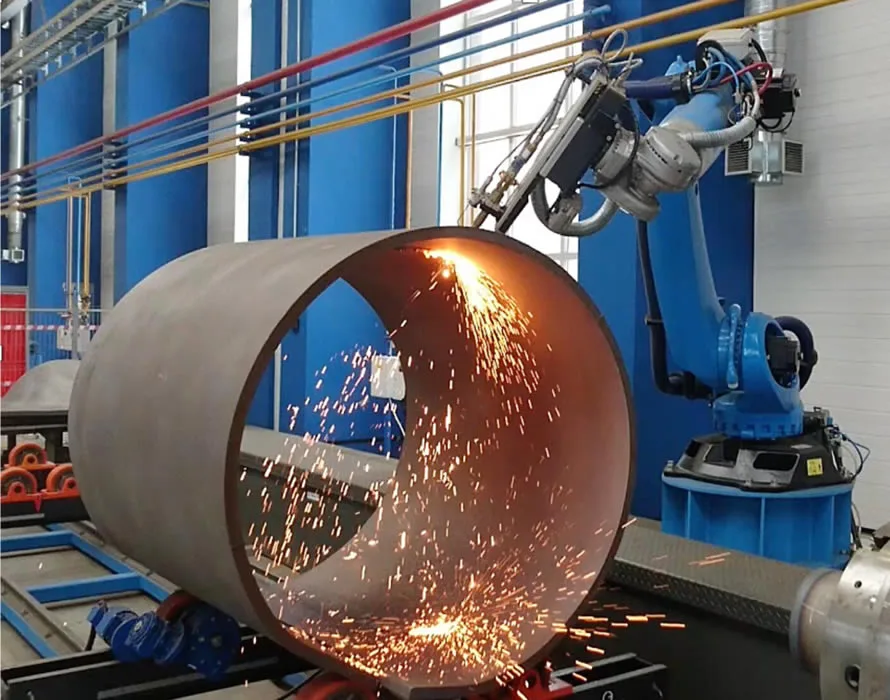WE HAVE MASTERED THE ART OF PRESSURE VESSEL FABRICATION
Ensuring safety, reliability and durability in all our production works.
WHAT WE DO...
We fabricate LPG/ propane pressure vessels in Kenya. This tanks are vital in various industries, from domestic use, commercial use like hotels or autogas stations to industrial use in fueling boilers or ovens. These tanks are crucial in storing gas/ liquids under high pressures and temperature. Their design and fabrication require meticulous attention to details to ensure safety, reliability, and adherence to rigorous industry standards.

Our LPG Tanks Design Guidelines
- Design: We start with a comprehensive design and engineering compliant plan. We adhere to industry codes and standards, such as the ASME Boiler and Pressure Vessel Code, to guarantee that the vessel meets all necessary safety requirements. Design considerations include material selection, vessel geometry, weld joint design, and reinforcement requirements.
- Material: The selection of material is critical. Factors such as strength, corrosion resistance, and temperature resistance will be carefully evaluated to determine the most suitable materials. We commonly use carbon steel.
- Welding: Welding standard is fundamental to pressure vessel fabrication. Our qualified welders employ appropriate welding techniques and procedures to ensure the integrity and strength of the weld joints.
- Quality Control and Testing: Rigorous quality control measures are done throughout the fabrication process. Non-destructive testing techniques, such as radiography and ultrasonic testing are employed to identify any defects or weaknesses in the vessel. These inspections help ensure that the vessel meets the required standards and will perform reliably in demanding conditions.
Our Fabrication Process
- Preparation: We first create a CAD design of the client work for approval. Then the Selected materials are cut, formed, and machined to the required dimensions and finish. We then remove any surface imperfections or contaminants that could affect the welding process.
- Assembly: Our skilled welders then join the components using appropriate welding techniques, such as shielded metal arc welding (SMAW), gas tungsten arc welding (GTAW), or submerged arc welding (SAW). The welding procedures are strictly followed.
- Treatment: The tanks undergo heat treatment processes, such as stress relieving or post-weld heat treatment, to improve their mechanical properties and relieve residual stresses induced during welding process.
- Coating: Tanks are subjected to surface treatments such as shot blasting or pickling, to remove any scale, rust, or contaminants. Coatings or linings are applied to protect against corrosion and abrasive chemical.
- Testing: The completed tank undergoes a series of inspections and tests to ensure compliance with design specifications and industry standards. These will include hydrostatic testing, and functional testing.
By prioritizing safety, adhering to industry codes, and employing stringent quality control measures, we can deliver pressure vessels that meet the highest standards of reliability and performance.